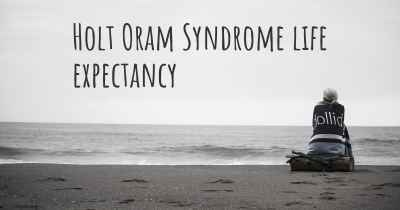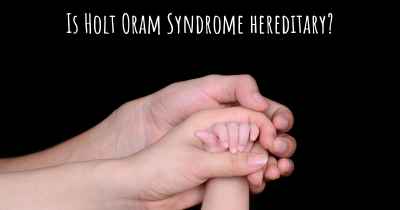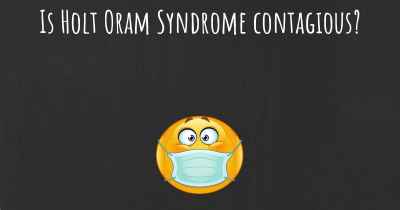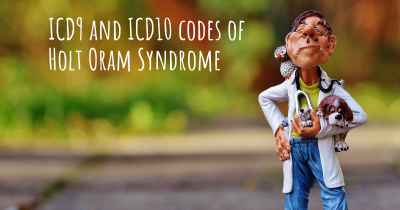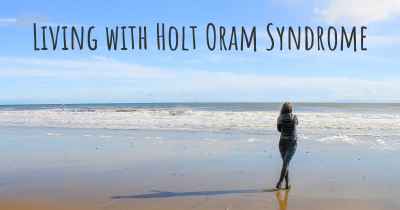Which are the symptoms of Holt Oram Syndrome?
See the worst symptoms of affected by Holt Oram Syndrome here
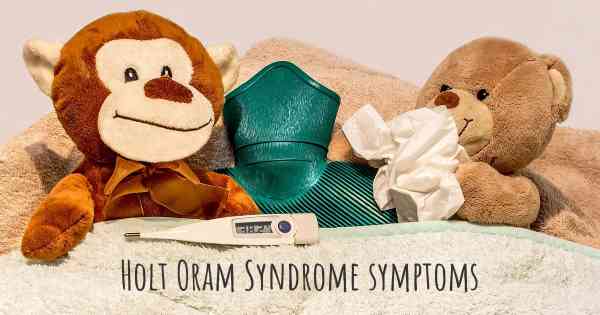
Holt Oram Syndrome, also known as Holt-Oram syndrome (HOS), is a rare genetic disorder that affects the development of the heart and upper limbs. It is an autosomal dominant condition, meaning that a person only needs to inherit the mutated gene from one parent to develop the syndrome.
The most prominent feature of Holt Oram Syndrome is the presence of upper limb abnormalities. These abnormalities can range from mild to severe and may affect one or both arms. Common upper limb manifestations include:
- Thumb abnormalities: The thumbs may be underdeveloped, malformed, or completely absent.
- Forearm abnormalities: The radius bone in the forearm may be shortened or missing, leading to a characteristic appearance known as radial ray defects.
- Hand and wrist abnormalities: The hands and wrists may have additional fingers (polydactyly), fused fingers (syndactyly), or other malformations.
In addition to upper limb abnormalities, individuals with Holt Oram Syndrome may also exhibit various cardiac abnormalities. These can range from mild heart defects to more severe structural abnormalities, including:
- Atrial septal defects (ASDs): These are holes in the wall that separates the two upper chambers of the heart (atria).
- Ventricular septal defects (VSDs): These are holes in the wall that separates the two lower chambers of the heart (ventricles).
- Malformed or missing heart valves: The valves that regulate blood flow within the heart may be abnormal or absent.
- Other structural heart defects: These can include abnormalities in the size, shape, or positioning of the heart chambers.
It is important to note that the severity and combination of symptoms can vary widely among individuals with Holt Oram Syndrome. Some individuals may have only mild upper limb or cardiac abnormalities, while others may experience more significant impairments.
Other less common features that may be associated with Holt Oram Syndrome include:
- Short stature: Some individuals with the syndrome may have a shorter than average height.
- Abnormalities in other body systems: In rare cases, Holt Oram Syndrome may affect other parts of the body, such as the eyes, ears, or skeletal system.
- Intellectual disability: While not a characteristic feature of the syndrome, some individuals may have associated intellectual disabilities.
Diagnosis of Holt Oram Syndrome is typically based on clinical evaluation, medical history, and genetic testing. Genetic counseling is recommended for individuals and families affected by the syndrome to understand the inheritance pattern and potential risks for future generations.
Treatment for Holt Oram Syndrome is primarily focused on managing the specific symptoms and associated complications. This may involve surgical interventions to correct cardiac abnormalities or reconstruct upper limb deformities. Occupational and physical therapies can also play a crucial role in maximizing functional abilities and improving quality of life.
In conclusion, Holt Oram Syndrome is a rare genetic disorder characterized by upper limb abnormalities and cardiac defects. Early diagnosis and appropriate management can help individuals with the syndrome lead fulfilling lives despite the challenges posed by their condition.
Posted Oct 19, 2017 by Kishai 2120
